20140128-markosian-mw21-001-910
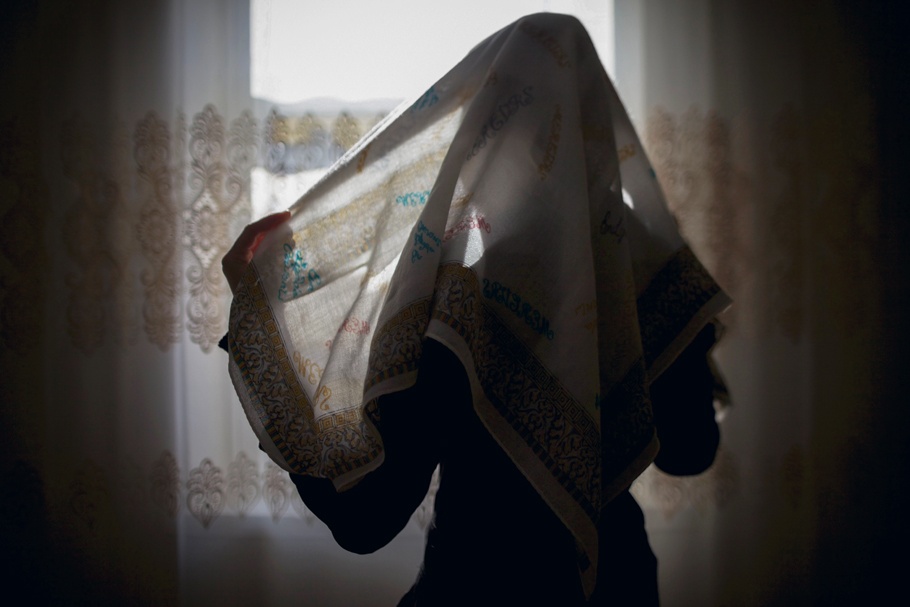
Seda Makhagieva, 15, wraps a pastel-colored head and neck covering around her head. Makhagieva fought to wear the hijab—a sharp break from her family’s traditions.
Serzhen-Yurt, Chechnya, February 2012.
20140128-markosian-mw21-002-910
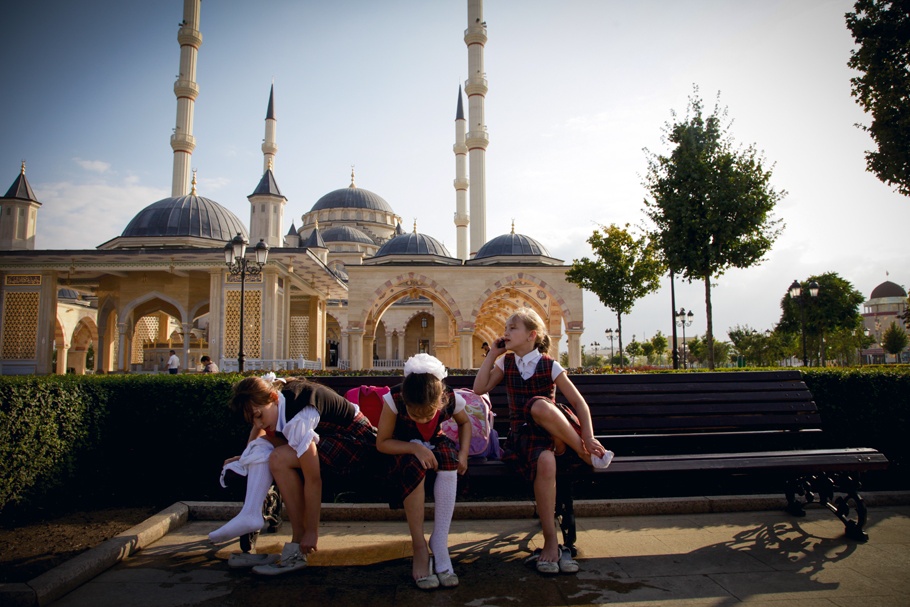
Chechen girls after school in front of the Heart of Chechnya Mosque—also known as Akhmad Kadyrov Mosque—the largest in Europe. In early 2012, the government would impose a new law ordering all girls, regardless of their religion, to wear headscarves before entering public schools and government buildings.
Grozny, Chechnya, November 2011.
20140128-markosian-mw21-003-910
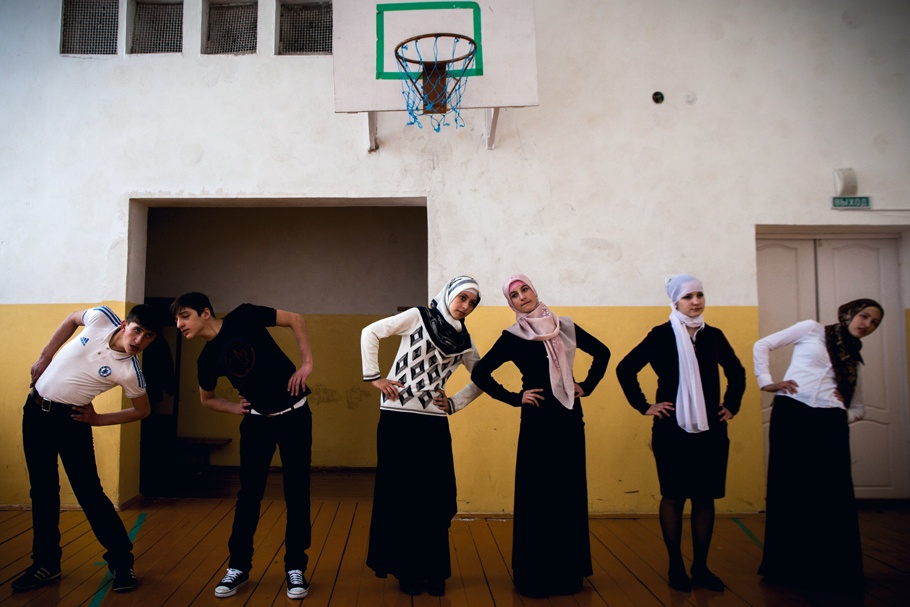
Students attend a gym class at School No. 1 in Serzhen-Yurt. The schoolgirls—dressed in skirts with their heads wrapped in headscarves—say gym clothes violate Muslim dress code.
Serzhen-Yurt, Chechnya, March 2012.
20140128-markosian-mw21-004-910
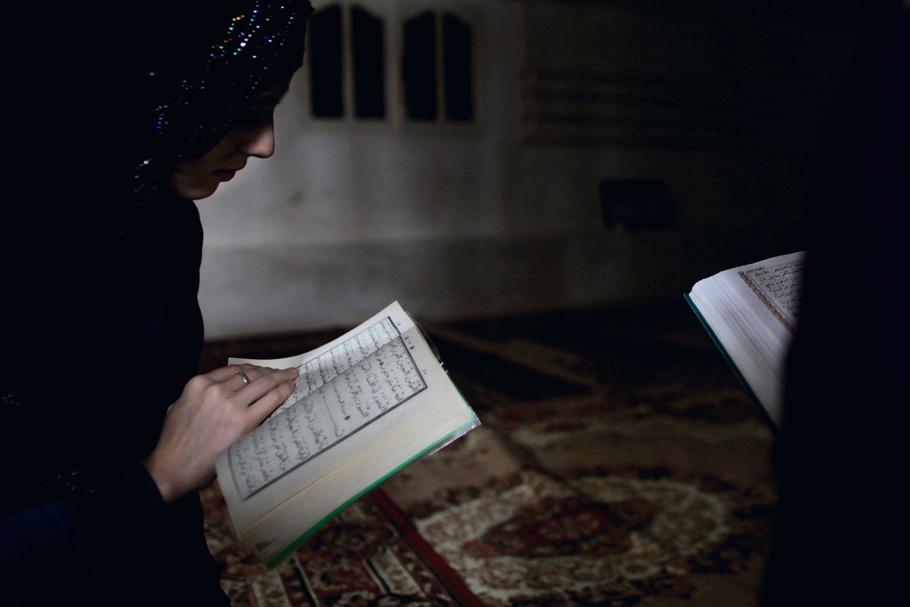
Chechen girls study the Koran at an underground madrasa—an Islamic school—in the village of Serzhen-Yurt. A new generation of youth is embracing Islam after decades of religious repression by secular Communist authorities in the Soviet Union.
Serzhen-Yurt, Chechnya, February 2012.
20140128-markosian-mw21-005-910
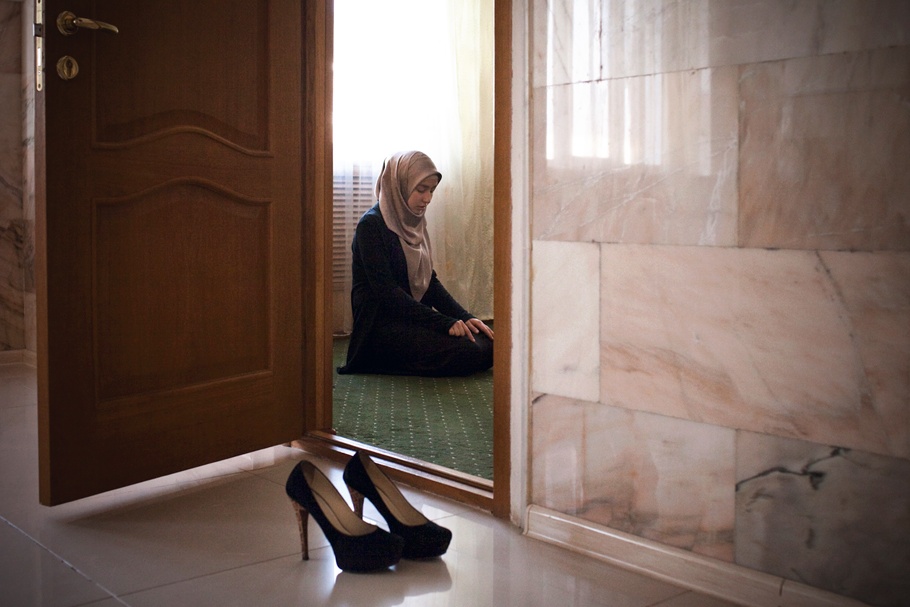
Amina Mutieva, 21, a student at the Islamic University in Grozny prays in a prayer room for women.
Grozny, Chechnya, November 2011.
20140128-markosian-mw21-006-910
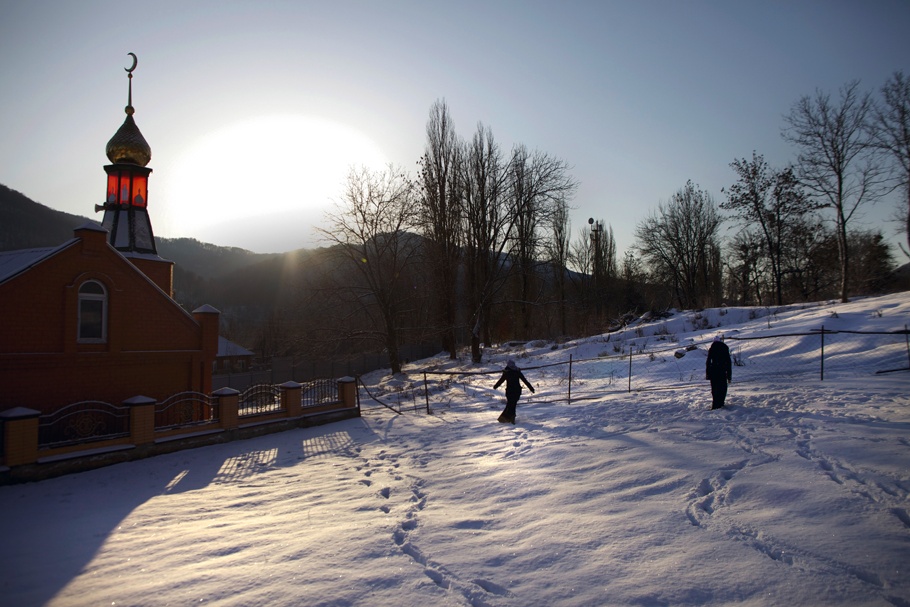
Chechen girls make their way to the mosque in the mountain village of Serzhen-Yurt.
Serzhen-Yurt, Chechnya, March 2012.
20140128-markosian-mw21-007-910
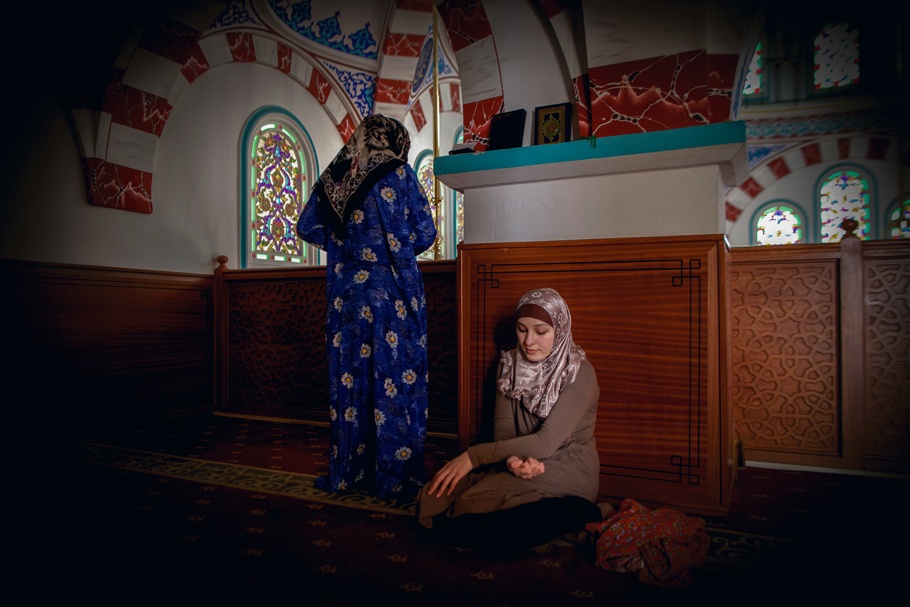
A woman prays at a local mosque in downtown Grozny.
Grozny, Chechnya, March 2012.
20140128-markosian-mw21-008-910
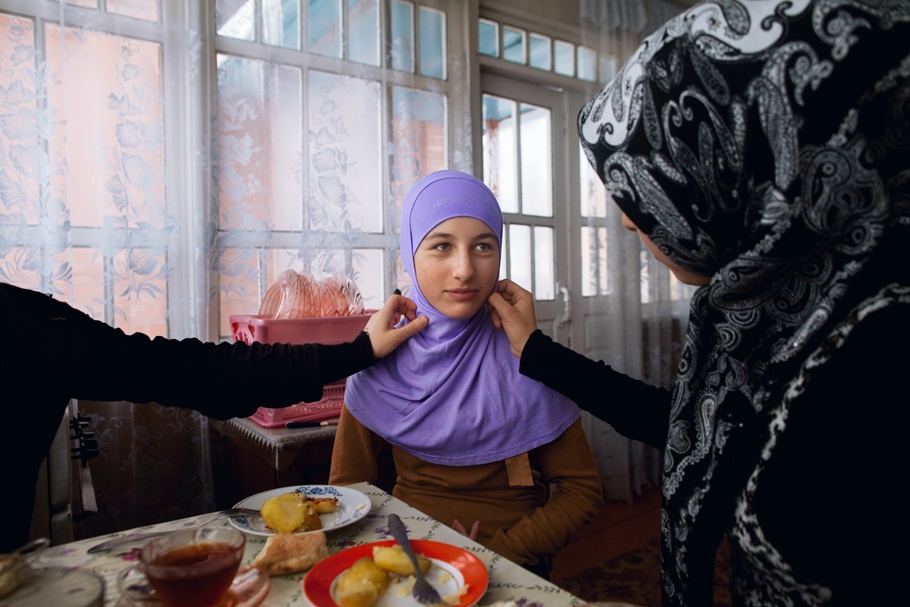
Seda Makhagieva, 15, sits beside her friends as they adjust her hijab. She started wearing the head covering a year ago, despite her family’s disapproval.
Serzhen-Yurt, Chechnya, February 2012.
20140128-markosian-mw21-009-910
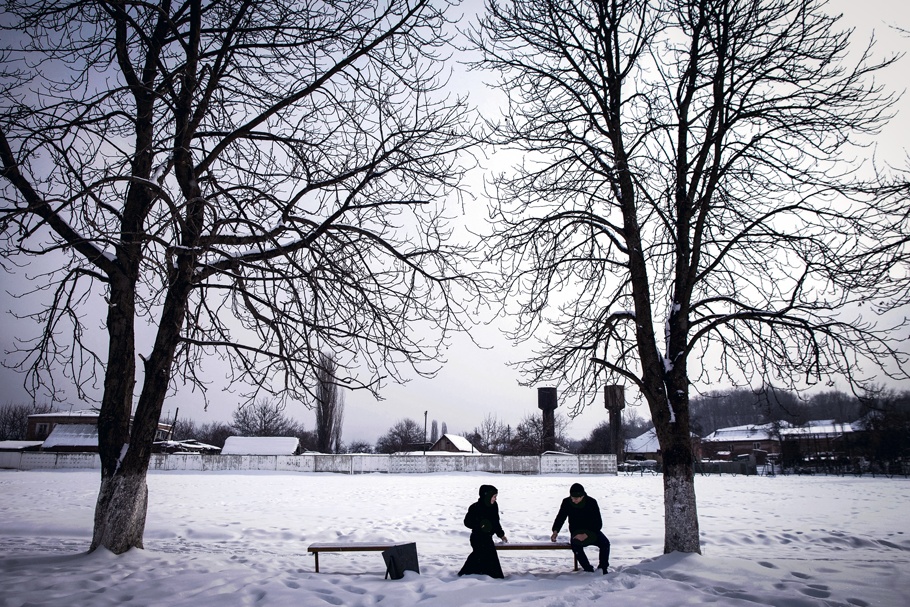
In the village of Serzhen-Yurt, a couple on a date must meet in public and sit at a distance from one another. All physical contact is forbidden before marriage.
Serzhen-Yurt, Chechnya, February 2012.
20140128-markosian-mw21-010-910
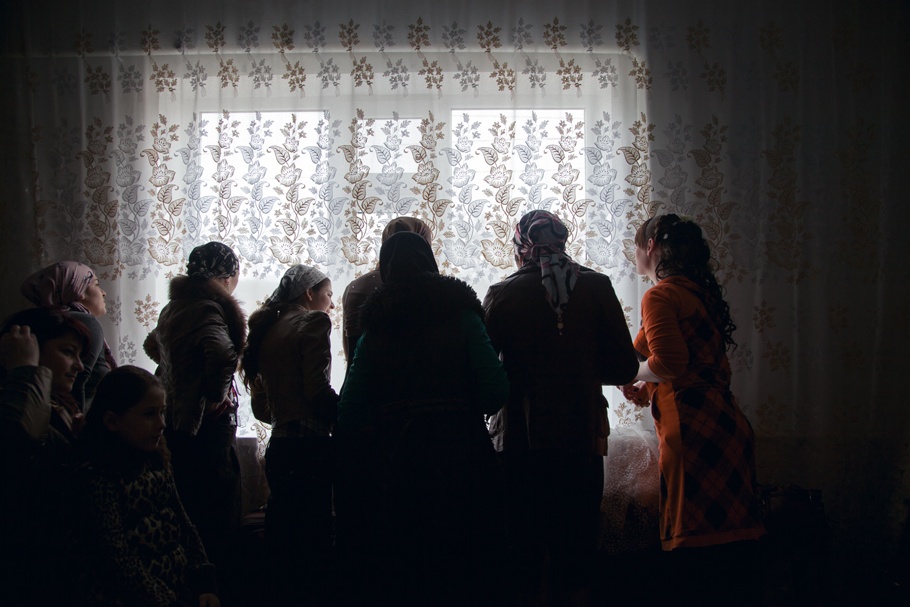
Chechen girls wait to be picked up for a party in the village of Achkoy-Martan.
Achkoy-Martan, Chechnya, April 2012.
20140128-markosian-mw21-011-910
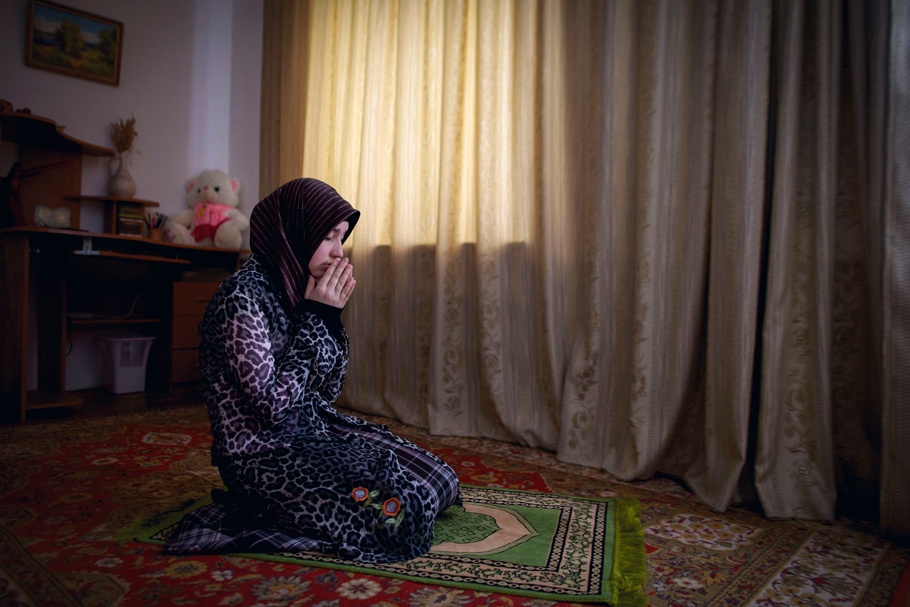
Amina Mutieva, 21, a student at the Islamic University in Grozny prays in her bedroom.
Grozny, Chechnya, January 2012.
20140128-markosian-mw21-012-910
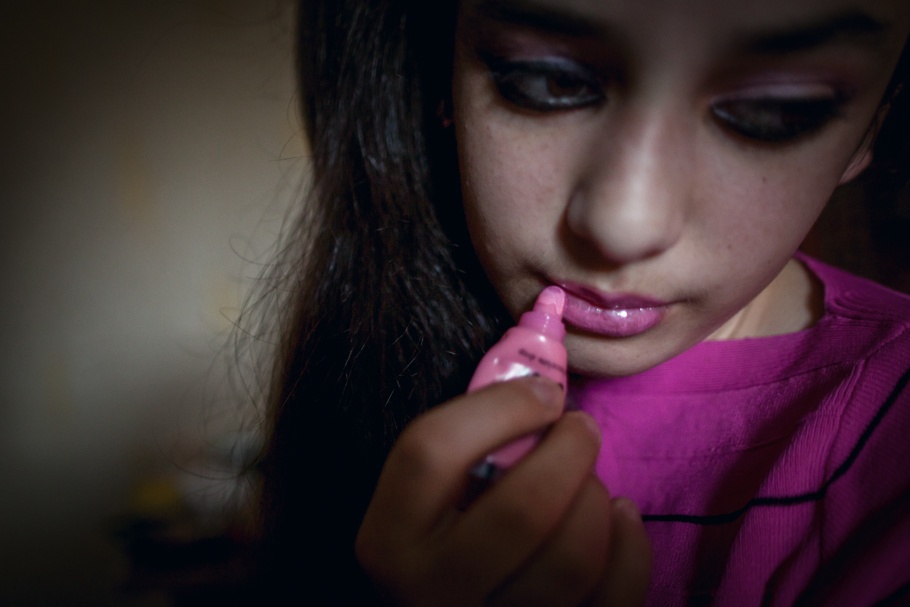
A Chechen teenage girl, who considers herself “emo” puts on pink lip gloss in her room. “Emo” youth differentiate themselves from others by wearing black clothing, piercings, and heavy eyeliner, and are often characterized as having morbid or suicidal thoughts. When asked if she wants to kill herself, she said: “I don’t know yet.” The “emotional” punk and rock music scene in the United States inspired “emo” subculture, and Chechen youth who are influenced by it have become targets of violence by authorities.
Serzhen-Yurt, Chechnya, April 2012.
20140128-markosian-mw21-013-910

The empty bedroom that Elina Aleroyeva, 25, once shared with her husband. He was abducted by security forces at his workplace on May 9, 2011, and accused of being a militant. Disappearances, which were a signature abuse in both Chechen wars, continue to take place despite the end of fighting in the country.
Grozny, Chechnya, April 2012.
20140128-markosian-mw21-014-910
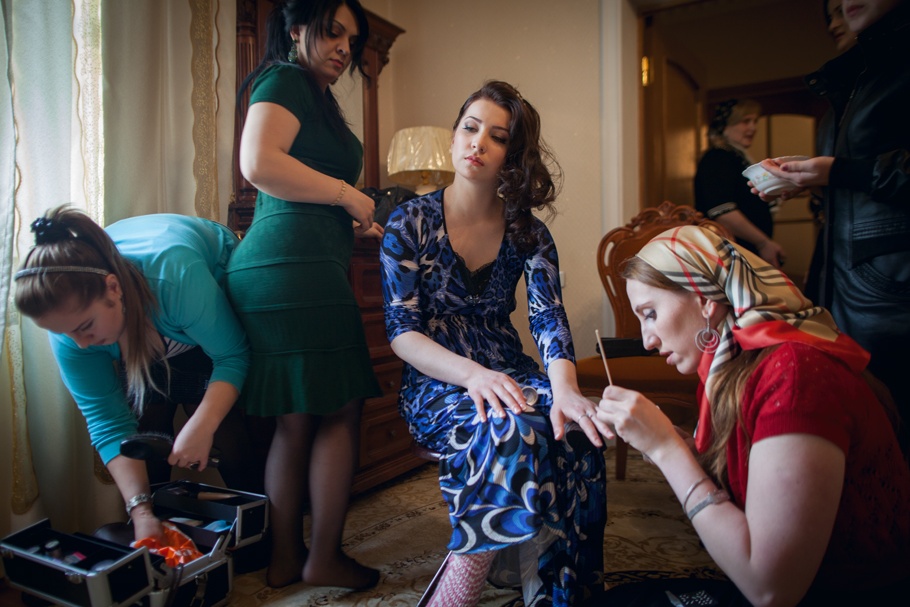
Layusa Ibragimova, 15, has her hair and nails done before her wedding. Her marriage to 19-year-old Ibragim Isaev was finalized by her father just weeks before she was married.
Shali, Chechnya, March 2012.
20140128-markosian-mw21-015-910
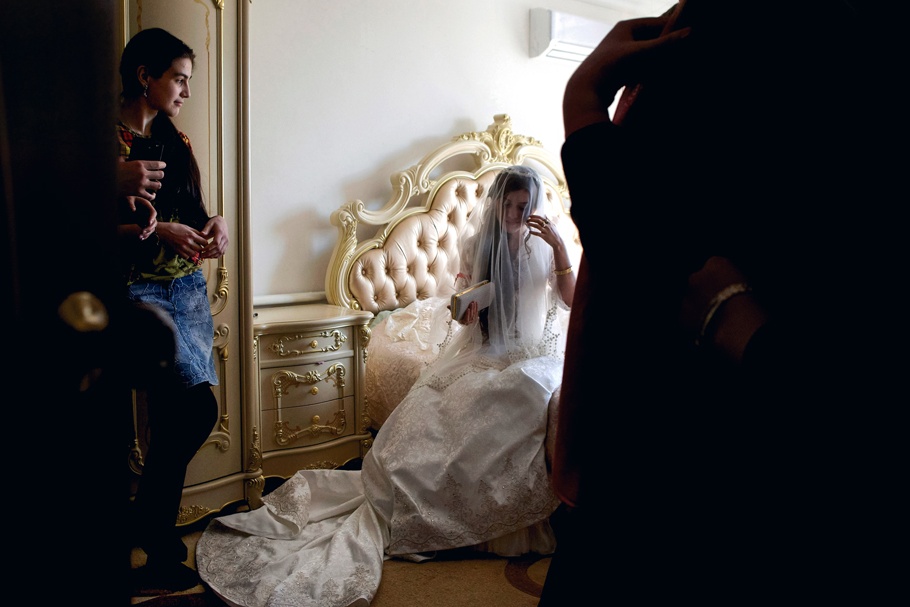
Jamila Idalova, 16, on her wedding day. Idalova was kidnapped by her boyfriend, and then her family eventually approved the marriage. Although bridal kidnappings are outlawed by the government, they continue to occur in Chechnya.
Shali, Chechnya, March 2012.
20140128-markosian-mw21-016-910
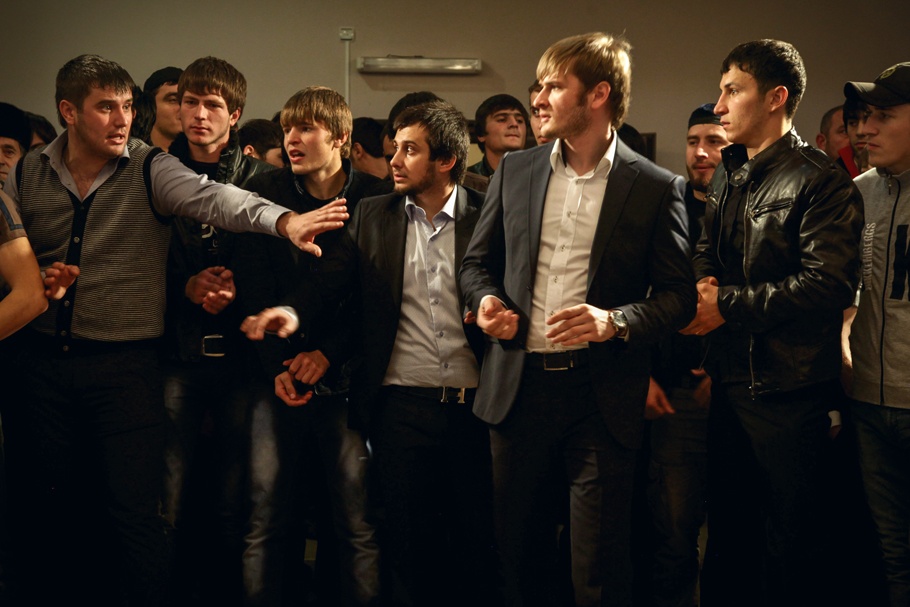
A group of Chechen men stand at the opposite end of the room from the women at a party in Grozny. Gender segregation is strictly enforced in Chechnya through decrees made by President Ramzan Kadyrov.
Grozny, Chechnya, November 2011.
20140128-markosian-mw21-017-910
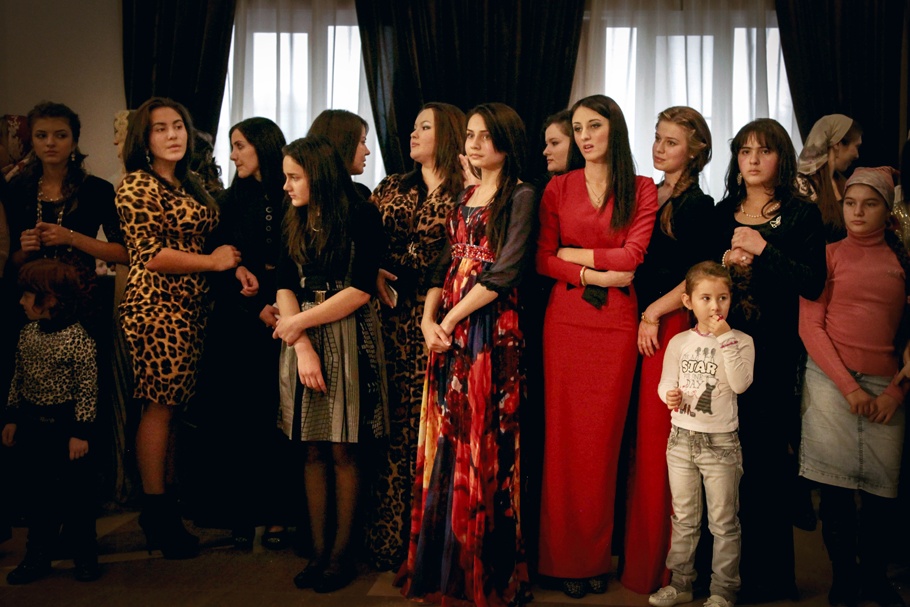
A group of Chechen women stand at the opposite end of the room from the men, the result of strict enforcement of gender segregation decrees issued by Chechen President Ramzan Kadyrov.
Grozny, Chechnya, November 2011.
20140128-markosian-mw21-018-910
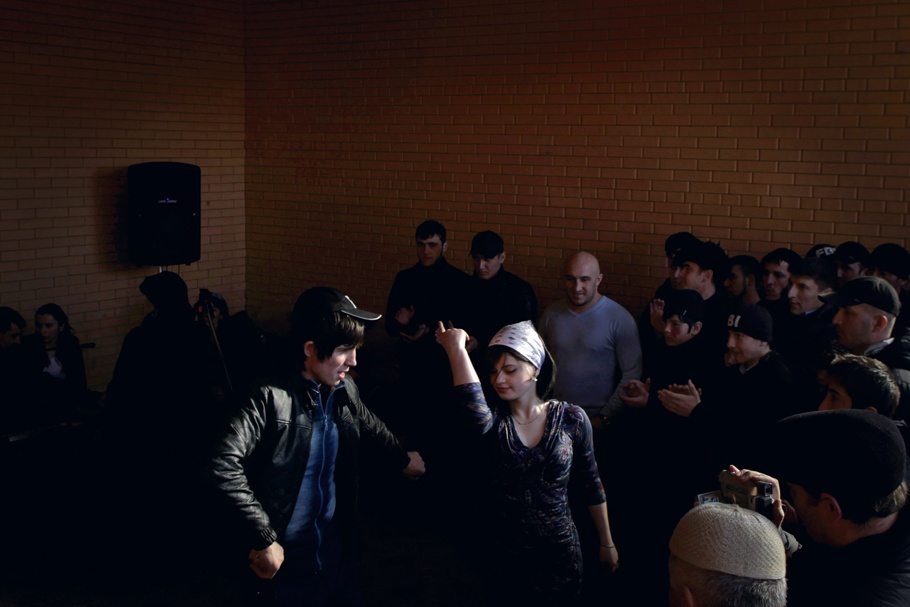
Party guests cheer as a couple dances Lezginka, a traditional dance performed in the North Caucasus.
Shali, Chechnya, March 2012.
20140128-markosian-mw21-019-910
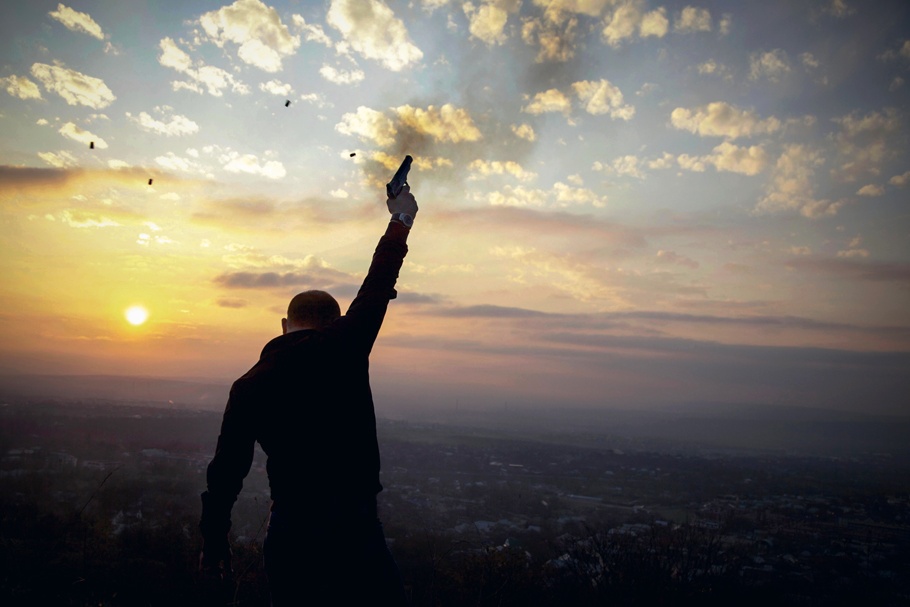
At sunset on the outskirts of Grozny, Kazbek Mutsaev, 29, fires celebratory gun shots as part of an age-old wedding tradition in Chechnya.
Grozny, Chechnya, April 2012.
Diana Markosian is a documentary photographer and writer based in Rangoon, Burma. Markosian began her career while she was a student at the Columbia University Graduate School of Journalism. Her photography has since taken her from Russia’s North Caucasus mountains, to the ancient Silk Road in Tajikistan, and overland to the remote Wakhan Corridor in northeastern Afghanistan, where she has worked on both personal and editorial assignments.
Markosian’s images have appeared in the Boston Globe, Foreign Policy, Foto8, Marie Claire, the New York Times, the Sunday Times, Time.com, and World Policy Journal. Her work has also been exhibited by international organizations such as Amnesty International, Human Rights Watch, and UNICEF.
Her photography has been recognized by the Columbia University Graduate School of Journalism’s annual photography prize (2010), the National Press Photographers Association second place in multimedia (2011), Reuters’ best 100 photos of the year (2011), the Marie Claire International Photography Award (2012), Reportage by Getty Images’ Emerging Talent roster (2012), and Burn Magazine’s Emerging Photographer Fund (2013). In 2013, she was selected to participate in the World Press Photo Joop Swart Masterclass in Amsterdam.
Diana Markosian
Goodbye My Chechnya chronicles the lives of adolescent Muslim girls as they come of age in a Russian republic that is struggling to rebuild itself after two separate wars spanning from 1994 to 2009.
As Muslim traditions and cultural practices became established in the aftermath of war, young women in Chechnya are finding that the most innocent acts can mean breaking the rules. Unmarried couples holding hands in public are subject to punishment; the sight of a Chechen girl smoking may lead to her arrest. Rumors of a girl having sex before marriage can trigger honor killings which, according to human rights groups, have been on the rise in recent years.
Chechnya’s Kremlin-backed president, Ramzan Kadyrov, has publicly endorsed such murders, based on the belief that women are the property of their husbands. Kadyrov has also launched a “virtue” campaign imposing strict rules upon women. Public decrees require Chechen women to dress “modestly”—including wearing headscarves—to spare their men from the “duty” of killing them if their clothing or actions are perceived as bringing dishonor to the family. The government’s compulsory dress code applies to schools, government offices, and hospitals, and officials hope to extend it to other public places such as streets, parks, and shops.
The few girls who dare to rebel—whether through religion, choice of music, style of dress, or voicing their own aspirations—take huge risks. For example, a young girl I photographed considers herself “emo”—a cultural movement originating in the United States in which young people differentiate themselves from others by wearing black clothing, piercings, and heavy eyeliner. In Chechnya, “emos” are subject to honor killings.
Most news reports on Russia’s volatile North Caucasus region* have dealt with the violence of ongoing conflict and war. My aim with this project is to show a different, more intimate and subtle glimpse of a new generation of young women as they try to live within Chechnya’s restrictive laws. After enduring the horrors of two wars, these women are now confronted by a period of peace marked by increasing oppression. Through my images, I try to show how girls and young women are navigating their transition into adulthood in this context, and honor their strength amidst the challenges they face.
*The North Caucasus region consists of the republics of Chechnya, Dagestan, Ingushetia, Kabardino-Balkaria, and North Ossetia.
—Diana Markosian, January 2014